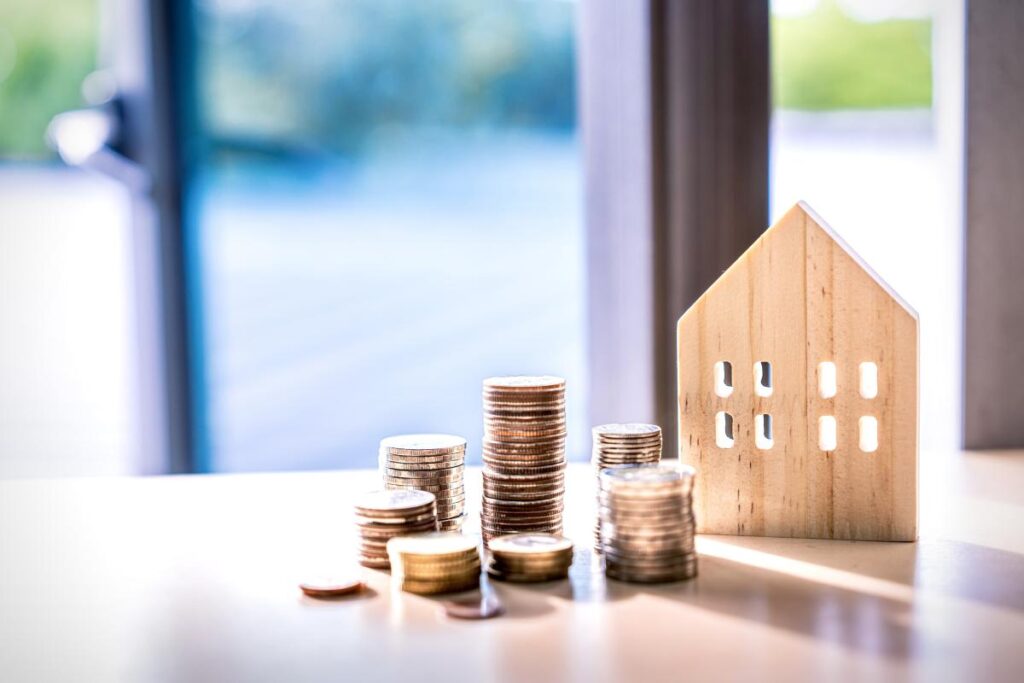When embarking on the journey of purchasing a home, many soon discover that the financial responsibilities extend far beyond the monthly mortgage payments. Among the most significant upfront costs is the down payment, an initial cash investment made to secure a mortgage. This payment typically represents a percentage of the home’s total cost. It’s important to understand the mechanics of down payments as they play a critical role in finalizing your home purchase and, consequently, your financial stability. This article will delve into the multitude of facets concerning down payments, including the requirements based on mortgage types, the financial strategies surrounding these payments, and alternative funding sources.
The size of your required down payment largely hinges on the kind of mortgage you choose, your overall financial health, and your credit score. For primary residences, the minimum down payments can vary. Conventional loans and FHA loans typically expect buyers to present anywhere from 3% to 20% upfront, depending on the program. Conversely, if you’re considering secondary properties or rental units, the expectations rise significantly, often necessitating at least 10-15% down. It’s essential for prospective buyers to evaluate their financial situation and explore the myriad options available to them, particularly given regional variations in housing costs that influence the total amount needed.
The concept of making a down payment involves a balance between immediate financial impact and long-term benefits. A larger down payment can alleviate your debt burden, leading to lower monthly payments and potentially better interest rates. It might also exempt you from paying private mortgage insurance (PMI) if you pay at least 20% down. However, this strategy has its drawbacks; saving for a substantial down payment takes time and may delay your homeownership journey. On the other hand, a smaller down payment can expedite the buying process, freeing up funds for renovations or other investments. Experts note that personal situations greatly influence the decision of how much to put down; there’s no singular “right” answer.
Notably, some buyers may qualify for mortgage programs that require little to no down payment. Veterans and active military personnel can use VA loans that allow for zero down, while USDA loans are designed for low-to-moderate-income families residing in designated rural areas. While down payments can instigate additional equity from the outset and improve negotiation leverage with lenders, their absence does not preclude home-buying opportunities. Furthermore, there’s an increasing trend for lenders offering low down payment loans, even those requiring as little as 1% down, thus potentially making homeownership accessible to a larger segment of the population.
Given the nuances surrounding down payments, prospective homeowners often explore various funding sources. According to surveys, many buyers rely on savings to meet their down payment requirements, while some benefit from selling previous homes or receiving financial contributions from family members. Furthermore, first-time home buyers may qualify for down payment assistance programs offered by local governments or nonprofit organizations, which can present a vital resource to alleviate financial hurdles. Gift money from relatives is also a common practice, though specific documentation is required to satisfy lender guidelines. It’s crucial to plan wisely and draw from diverse sources to help facilitate your down payment.
While securing a sufficient down payment is a significant milestone, it’s imperative to remind prospective buyers that this is merely the first step in a broader financial landscape. After making the down payment, new homeowners should also account for closing costs, ongoing mortgage payments, and potential additional expenses tied to moving in. Budgeting for unexpected costs, including basic household items and minor repairs, is equally essential. Experts recommend tracking these financial responsibilities continuously and developing a robust financial plan that incorporates down payment contributions as part of your overall homeownership strategy.
In conclusion, the process of purchasing a home involves numerous factors that extend well beyond the sticker price. The down payment is a fundamental element that requires careful consideration and planning, significantly impacting your overall financial health and homeownership experience. Whether you choose to make a more substantial investment upfront or leverage various financing options, understanding the implications of your decision will ultimately help you create a sustainable and enjoyable homeownership journey. By educating yourself on the nuances of down payments and exploring a variety of financial strategies, you empower yourself to make informed choices as you navigate the housing market.

